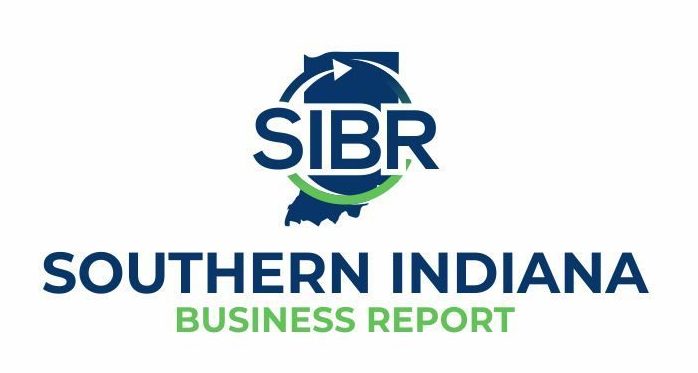Carol Johnson, Southern Indiana Business Report
CAMPBELLSBURG – Less than a year after restoration work began, a unique Queen Anne-style house in Campbellsburg will soon be on the market.
Indiana Landmarks, which purchased the historic home in 2023 from the town of Campbellsburg, took possession of the endangered property last fall and brought in a team of contractors to return the John T.C. Wilkins house to its former grandeur. According to information from Indiana Landmarks, the team has replaced damaged siding and trim, made structural repairs and upgraded electrical and plumbing systems as well as made interior repairs.
Tim Chastain, president of the Campbellsburg Town Council, said the house had fallen into disrepair and the town came very close to tearing it down.
“We’re very thankful progress has been made and grateful to Indiana Landmarks and we’re ticked that someone has picked up the torch,” Chastain said.
Located on Sycamore Street after turning off Ind. 60, the house is hard to miss with its fish scale gables, spindled porch railings and distinctive stained glass windows.
“The ongoing transformation has really excited local residents who, at first, were skeptical that anyone would be willing to make a major investment in the community,” said Greg Sekula, director of Indiana Landmarks Southern Regional Office, in an Indiana Landmarks article. “Folks stop by or slow down as they drive past and give the contractors a thumbs up.”
According to Indiana Landmarks, the Wilkins family helped put Campbellsburg on the map and imparted a unique architectural imprint on the community.
Located along the New Albany and Salem Railroad between Salem and Mitchell, Campbellsburg grew around a grist mill established by John T.C. Wilkins in 1859. Additional mills followed, and by the town’s incorporation in 1875, Campbellsburg’s downtown bustling boasted commercial buildings, three hotels, three churches, a railroad depot, a bank, and a school. In 1858, John T.C. Wilkins established a farm on present-day Sycamore Street at the entrance to town with a two-story folk Victorian farmhouse.
His son, William, later occupied the house and, in the late 1890s, gave it a Victorian makeover, expanding its footprint and adding embellishments including horseshoe-shaped stained-glass windows and elaborate spindled porch work. He adapted the details from pattern books published by George F. Barber, a Tennessee architect. Known for his Queen Anne-style houses, Barber’s plans featured turrets, balconies, porches, projecting windows, arches and gingerbread trim.
Wilkins’ three other sons purchased house plans from Barber and built their own Queen Anne-style homes in Campbellsburg. Today this group of four surviving houses constitutes a rare concentration of Barber houses in a small-town setting.
The rehabilitation project has received support from the Paul Ogle Foundation and the Washington Community Foundation.
The Wilkins House will be available for sale once work wraps up later this summer. It will be sold with preservation covenants to make sure its spectacular architectural features are preserved for the next generation of admirers. For more information, contact Greg Sekula, 812-284-4534, gsekula@indianalandmarks.org.




